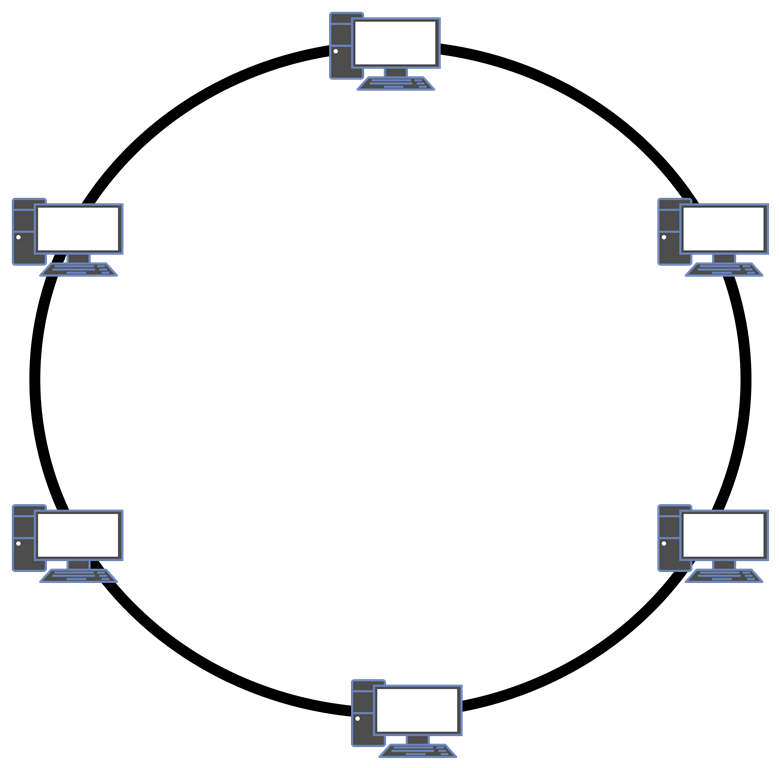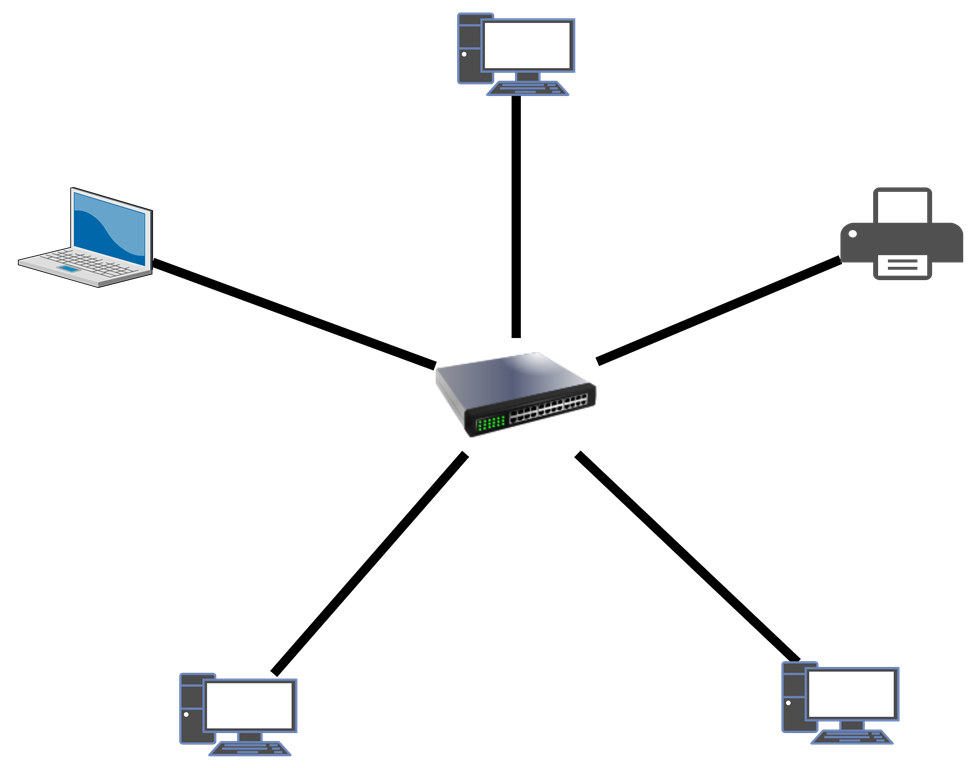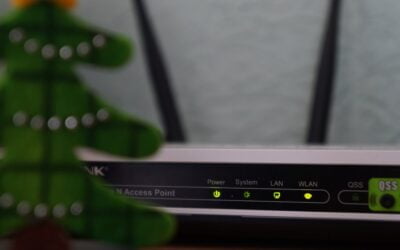The physical layer is the final layer from the top of the OSI model. It has the responsibility of the physical cables and wireless connectivity between network nodes since it is the electrical and physical illustration of the system. It describes the connection, the electrical cable, or wireless technology that connects the devices and is responsible for transmitting raw data streams over a physical medium, which is just a series of 0s and 1s, as well as bit rate control.
Functions performed at the Physical Layer:
- Maintains the number of bits a sender passes per second(data rate).
- Perform bits synchronization.
- It helps to decide the direction of data transfer.
- It assists to decide the type of topology that should be used for the network system.
- It assists in providing Physical medium and interface decisions.
- It gives Point-to-Point configurations and Multi-Point configurations.
- Protocol data units are in bits.
- This layer comes under the Hardware layer.
- Provides Modulation which is the process of turning data into radio waves by adding information to an electrical or optical nerve signal.
- Data packets can be moved from one port to the leading destination port as a switching mechanism.
Physical Topologies:
Bus Topology
Multiple devices are connected through a single cable called the backbone cable with the assistance of tap and drop lines. It is hard to reconnect and reinstall but it is less costly.

Ring Topology
Every device is linked with repeaters like a ring. A token must be used by a device to send data, and that token is placed by the Monitor in a ring topology.

Star Topology
There is a central controller or hub which connects all the devices. Star Topology doesn’t have a fault tolerance technique. It is easy to install and reconnect.

Mesh Topology
Each device is connected to the network. It has more security of data since it has a dedicated point-to-point connection between two devices. It is a complex topology and hard to install.








0 Comments